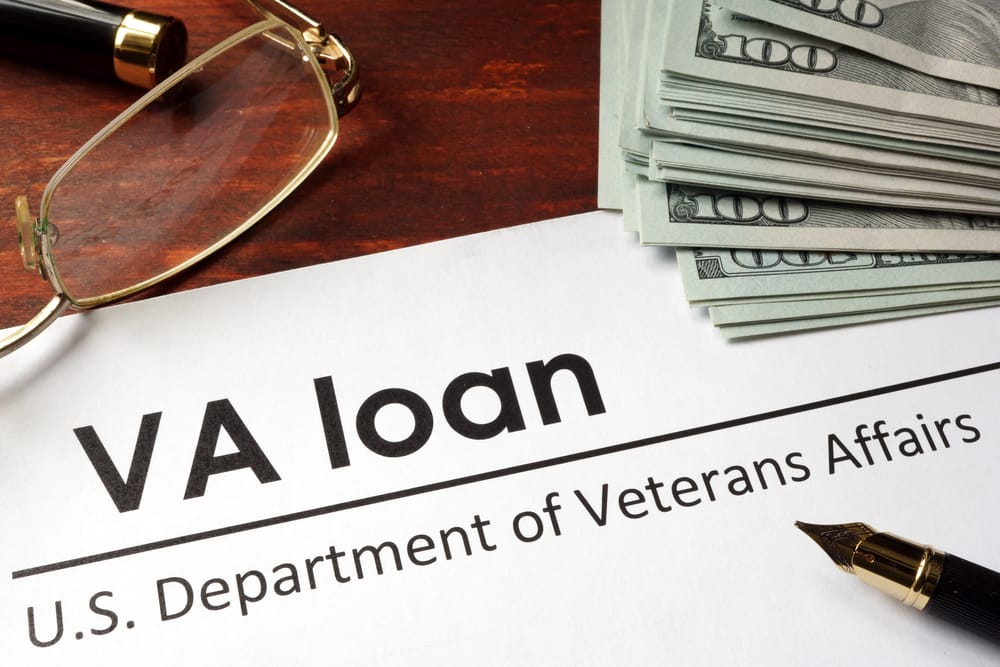The Servicemen’s Readjustment Act of 1944 provided benefits to returning soldiers after WWII. Among these benefits was the VA home loan program and today more than 20 million have taken advantage of this special program. The VA isn’t a lender but more of an insurer. VA home loans contain an inherent guarantee to the lender that if the lender approved a loan using proper VA guidelines, should the loan ever go into default the lender is compensated to 25 percent of the loan amount.
In addition, over the years the VA has opened up home loan eligibility to more than just veterans. Today, those eligible include not just veterans of the armed forces but also members of the National Guard and Armed Services Reserves who have at least six years of service may also be eligible. Active duty personnel may also take advantage of the program as long as there are at least 181 days of service. Certain surviving, unmarried spouses whose spouse died in duty or as a result of a service-related injury.
It used to be that the VA handled every aspect of the mortgage process including ordering the appraisal but today all approval aspects are covered by VA approved lenders. In the past, because the VA approved the loan, it could take weeks and up to two to three months for a VA loan to close. That caused many sellers to shy away from accepting an offer with VA financing. Today, VA loans take no more time than any other loan program and with regards to a refinance, the loan will take still much less time to close. For those who want a loan requiring a loan with little cash involved, the VA loan is the hands-down choice.
Why is the VA loan so popular among those who qualify?
No Down Payment
Easily the most popular advantage, the VA home loan program does not require a down payment from the veteran. This dramatically reduces the amount of funds a veteran needs in order to buy and finance a home.
Low Rates
Other loan programs adjust interest rates higher when the down payment is lower. For someone with a lower credit score, the interest rate on a conventional loan could be 0.25% higher compared to a VA loan.
No Monthly PMI
Even though there is no down payment required nor is there a monthly mortgage insurance payment. Conventional mortgages financed between 80 and 95% of the sales price require an annual mortgage insurance premium paid monthly.
Funding Fee is Financed
The VA home loan guarantee is financed by the Funding Fee and does not have to be paid for out of pocket by the veteran and can be rolled into the loan amount. Today, the funding fee for a first-time buyer is 2.15 percent of the sales price. The veteran can finance 100 percent of the sales price plus roll in the funding fee.
Easy Refinance
VA loans have a refinance feature called the Interest Rate Reduction Refinance Loan, or IRRRL. Commonly referred to as a “streamline” refinance, this program requires very little paperwork, no appraisal, no income verification and no credit scores needed.
Not a One-Time Deal
The VA home loan benefit can be used again to buy another home as long as the previous VA home loan is retired via sale or refinanced. VA loans are only for a primary residence. Eligibility is restored once the outstanding VA mortgage has been paid off.
Duplex or 2-4 Unit
The VA home loan can be used to finance a primary residence but it can also be used to buy a multi-unit property up to four units. This means the veteran can live in one side of a duplex and rent out the other to help pay for part or all of the monthly mortgage payment.
Good for Condos
The VA home loan can be used to finance a condominium purchase in a VA approved condominium building. The VA keeps a list of approved condominium buildings for your reference or your VA lender can begin the approval process for you.
Closing Costs are Limited
Certain types of closing costs are off limits and the veteran is not allowed to pay them. Veterans are only allowed to pay for an appraisal, credit report, title, origination and recording fees.
Sellers Can Pay Your Fees
Sellers are allowed to pay up to 4.0% of the sales price of the home to be paid toward your closing costs at the settlement table. For a $250,000 loan, that’s $10,000 that may be available. It should be noted that such seller contributions must be common for the area and do not affect the market value of the property.


